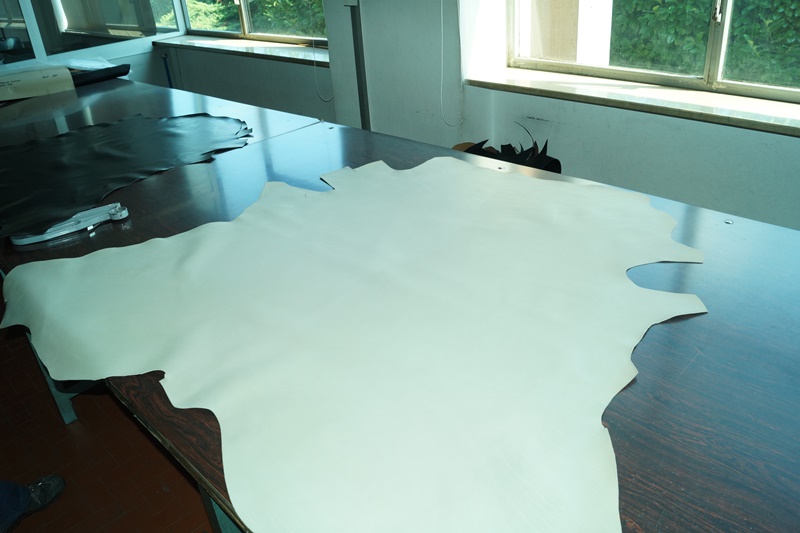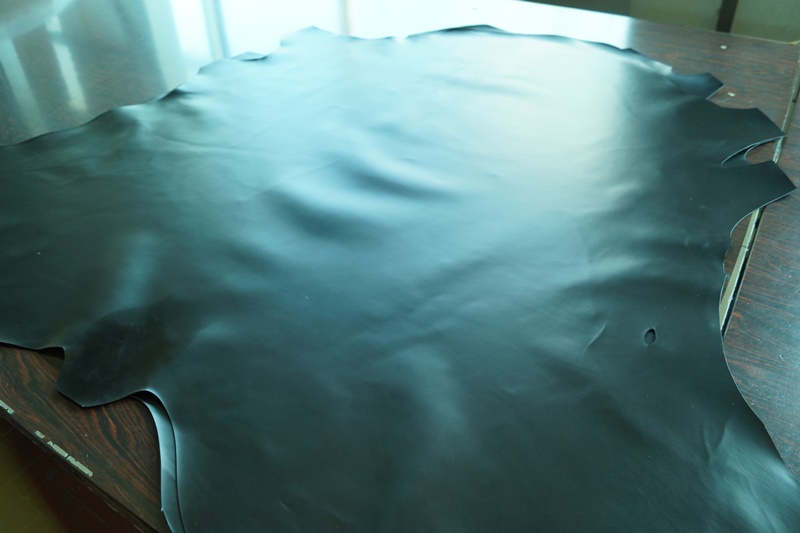Honey!? Where are my Keys?? And my Wallet, Keys, Glasses and Gun??!! MTR Custom Leather has got you Covered. Check it out!
Bags are becoming more and more popular in this modern day of man, and woman alike, where our every-day carry (EDC) kit becomes more robust. Let’s take inventory of some standard every day carry items an average person these days would tend to carry.
- CELL PHONE. The guaranteed item.
- CHARGING CABLE & CUBE if your smart.
- WALLET, ID, CASH.
- KEYS pointy dam things.
- SUN GLASSES/EYE GLASSES.
The above is the absolute minimum for every day carry, and we spend more time than we’d like to admit looking for each item in this small list. And most actual lists of items carried daily evolve into something like this:
6-22. Pocket Knife, Chapstick, Gum or Mints, Medication, Contact Lenses and Juice, Sub-Compact Glock or Smith& Wesson, Extra Mag, Neosporin, Band-Aids, Business Cards, Battery-Backup, Lighter, Mask, Gloves…
You get the drift. We need a lot of stuff these days. For whatever reason, it is a fact. AND its nice to be able to carry something that you’d be better off having and not needing, than needing and not having… Like Personal Protection.
Now, the idea of carrying personal protection for many of us, seems like second nature. And on the other hand, for many others it seems impractical, uncomfortable, to obvious, to dangerous, and just not realistic.
What if I told you there is a carry system, that is made specifically to integrate with your body mechanics, where you can’t even tell your carrying, and so dedicated to the definition of concealed, that no one else will be able to tell you are carrying either… and have a spot for your lucky marble.
UkoalaBag, Inc. has been committed to this very task for almost a decade.
One of the best things is the UkoalaBag can be kitted out, tailored to your specific activity or plan for the day. Today I needed to shoot some video so I set up my bag with my little lens kit for my iPhone 11pro, mic, flash, tripod, lenses, battery backup, cables, kick-stand puck for my motorcycle, platypus hydration bladder, leatherman, sharpie, lens cleaner, microfiber cloth and my iPhone. It fit my side bag on the bike like a champ. Any other bag I have is just way too big for this sort of need, even the small ones. Ultra-organized, built like a tank. This bag is for me! And U.
UkoalaBag. Because it hugs your leg like a Koala.
https://www.mtrcustomleather.com/product-category/accessories/ukbags/










 TALLAHASSEE —In a legal fight that started after the 2018 mass shooting at a Parkland high school, attorneys for the state and the National Rifle Association this month detailed dueling arguments about the constitutionality of a Florida law that prevents people under age 21 from buying guns.
TALLAHASSEE —In a legal fight that started after the 2018 mass shooting at a Parkland high school, attorneys for the state and the National Rifle Association this month detailed dueling arguments about the constitutionality of a Florida law that prevents people under age 21 from buying guns.


 . Some notable tanneries producing Box calf are Weinheimer for Black calf, Du Puy and Annonay for everything else.Box calf will always be stiffer due to the dyeing process. And Black box calf will traditionally be the most rigid. Something about the black dye makes it harder than the rest. For creasing, well this will depend on the quality of the skin as I have seen Box calf hardly crease at all and then some that creased worse than anything else. In this department, there is no true rhyme or reason. But it is also generally thought of as being more resistant and durable with respects to its crust counterpart.
. Some notable tanneries producing Box calf are Weinheimer for Black calf, Du Puy and Annonay for everything else.Box calf will always be stiffer due to the dyeing process. And Black box calf will traditionally be the most rigid. Something about the black dye makes it harder than the rest. For creasing, well this will depend on the quality of the skin as I have seen Box calf hardly crease at all and then some that creased worse than anything else. In this department, there is no true rhyme or reason. But it is also generally thought of as being more resistant and durable with respects to its crust counterpart.






















Recent Comments